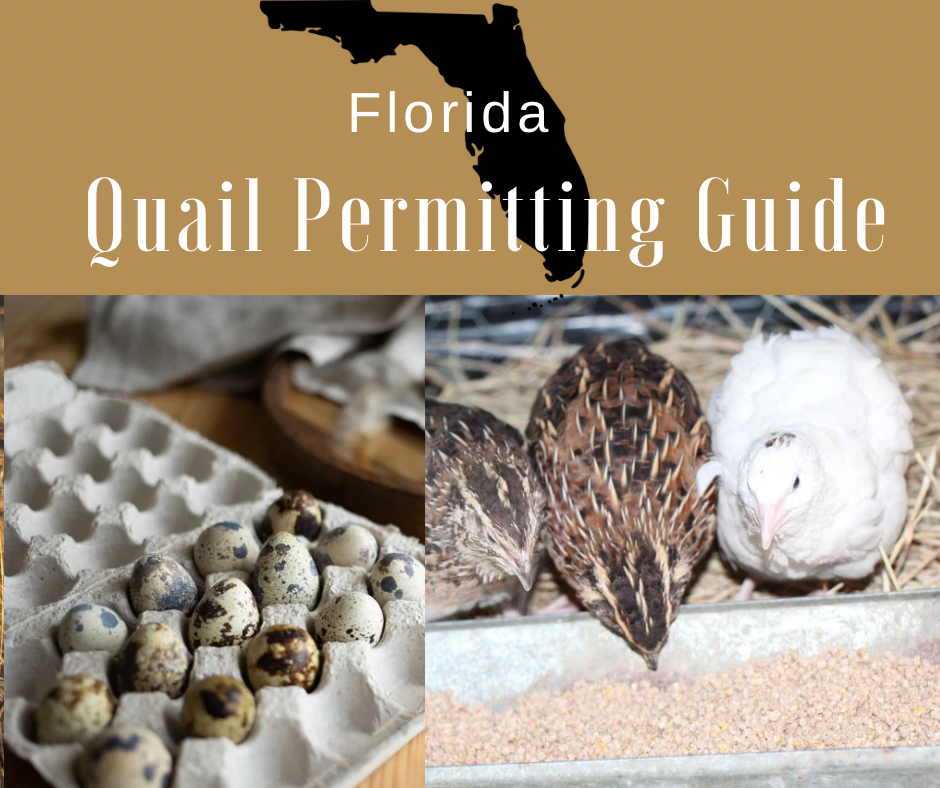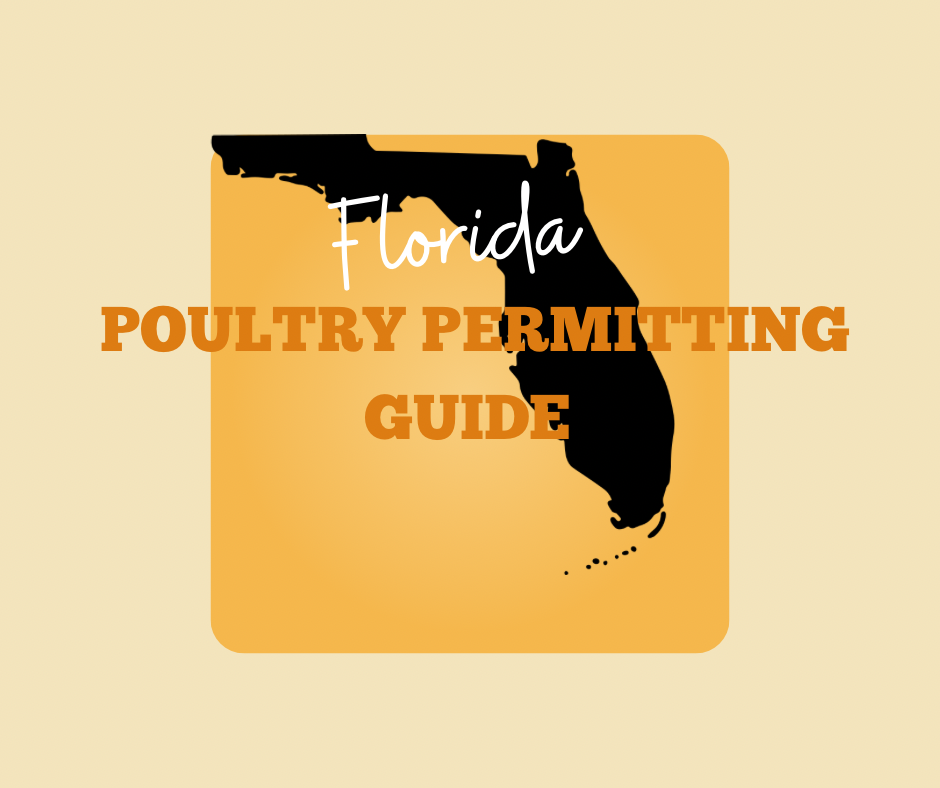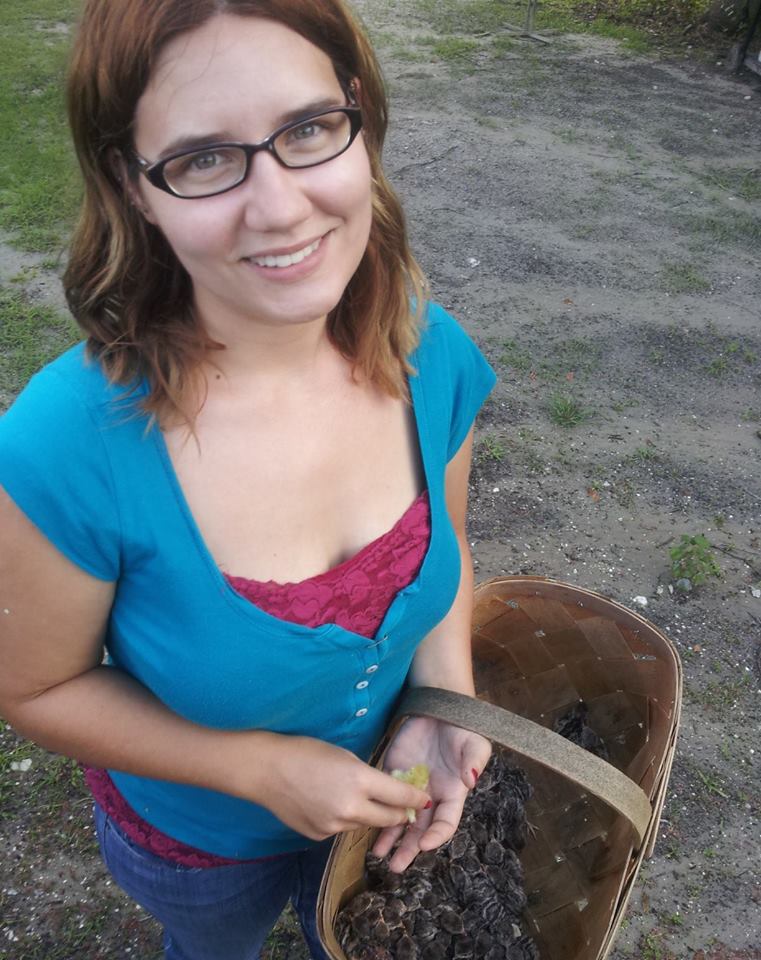
For both quail and chickens, the changing seasons can dramatically affect egg production. Light exposure plays a crucial role in regulating their reproductive cycles, impacting the frequency of egg-laying. Both the duration and quality of light—specifically the wavelength—are key factors in maintaining consistent egg production. In this article, we’ll explore why daylight is essential, the ideal lighting conditions, and practical solutions to help you optimize light exposure for your flock.
The Role of Daylight in Egg Production
Birds, like most animals, are responsive to natural cycles of daylight. Chickens and quail have a light-sensitive gland called the pineal gland, located near the brain, that detects changes in day length. As days grow shorter in fall and winter, the pineal gland signals to the bird’s body that it’s time to conserve energy, leading to a natural reduction or halt in egg production. Increasing daylight exposure stimulates the reproductive system, triggering hormone production and encouraging egg-laying.
Ideal Daylight Requirements for Egg Production
1. Chickens: Chickens require about 14–16 hours of light per day to maintain consistent egg-laying. When they receive less than 12 hours of light, egg production typically decreases or stops altogether.
2. Quail: Quail are particularly sensitive to light changes and need 14–16 hours of light per day to produce eggs consistently. Many quail species, like Coturnix, are seasonal layers, so their reproductive cycles are closely tied to daylight exposure.
Wavelengths and Light Quality
Not all light is created equal. The wavelength, or color of the light, also impacts how chickens and quail respond to it. Birds’ eyes can perceive wavelengths in the red, green, and blue spectrum, and different wavelengths have unique effects on egg production:
• Red Light: Red wavelengths (around 630–700 nm) are the most effective for promoting reproductive activity in birds. Red light stimulates the release of reproductive hormones, aiding in ovulation and egg production. Studies suggest that supplementing red light can help maintain laying even during shorter days.
• Blue and Green Light: Blue (450–495 nm) and green (500–570 nm) wavelengths are associated with calm and relaxation. While these wavelengths don’t directly stimulate egg production, they can reduce stress and promote overall flock health, which indirectly supports reproduction. However, these colors alone won’t provide enough stimulation for sustained egg-laying.
Implementing Supplemental Lighting for Egg Production
1. Choosing the Right Bulbs: Use full-spectrum LED or fluorescent lights with a focus on red wavelengths. These provide an effective balance of wavelengths that mimic natural sunlight while emphasizing the red spectrum, which helps stimulate laying.
2. Setting Up a Lighting Schedule:
• Start by gradually increasing light exposure in the early morning or evening to reach 14–16 hours of total light.
• For example, if sunrise is at 7 AM and sunset is at 5 PM, supplement with two hours of light in the early morning and two hours in the evening to achieve a full 16 hours.
• Use a timer to maintain consistency and avoid disrupting their natural sleep cycles.
3. Light Intensity: Quail and chickens respond best to light intensities of around 10–20 lux. Avoid excessive brightness, as high-intensity light can cause stress, while too little light won’t stimulate the pineal gland adequately.
Common Problems and Solutions
1. Egg Production Drops Despite Lighting:
• Solution: Check your light timer, and ensure that bulbs are not dimming over time. Regularly check for consistency and maintain proper brightness levels.
2. Stress and Overcrowding:
• Chickens and quail that are stressed may not lay regularly, regardless of light exposure. Ensure your flock has ample space, access to food, and a calm environment to support optimal egg-laying.
3. Avoiding Continuous Light:
• Birds require a natural cycle of day and night for health and reproduction. Avoid keeping lights on 24/7; this disrupts their sleep cycle, potentially leading to burnout and reduced lifespan.
Seasonal Adaptations
During the winter months, birds may still experience a slight reduction in egg production despite supplemental lighting, as their bodies naturally slow down. Providing extra protein and maintaining a warm, draft-free environment can also help keep your flock comfortable and productive throughout the cold season.
Conclusion
Understanding the daylight needs and the role of specific wavelengths for quail and chickens can help optimize egg production year-round. By providing the right type and amount of light, you can support your birds’ natural cycles and help them maintain consistent laying patterns. Remember, both duration and quality of light are essential for keeping your flock productive and healthy, even during the shorter days of winter.










